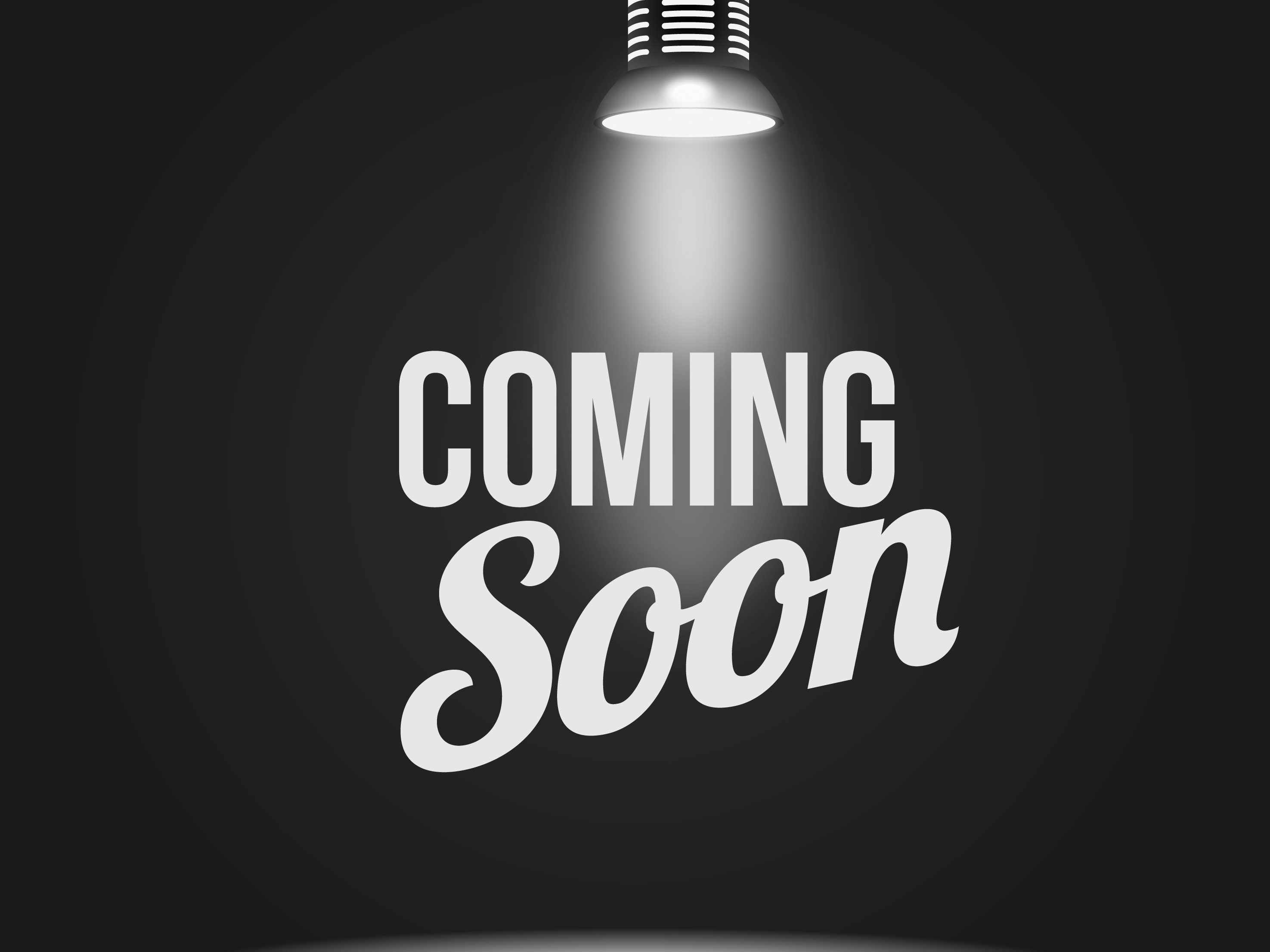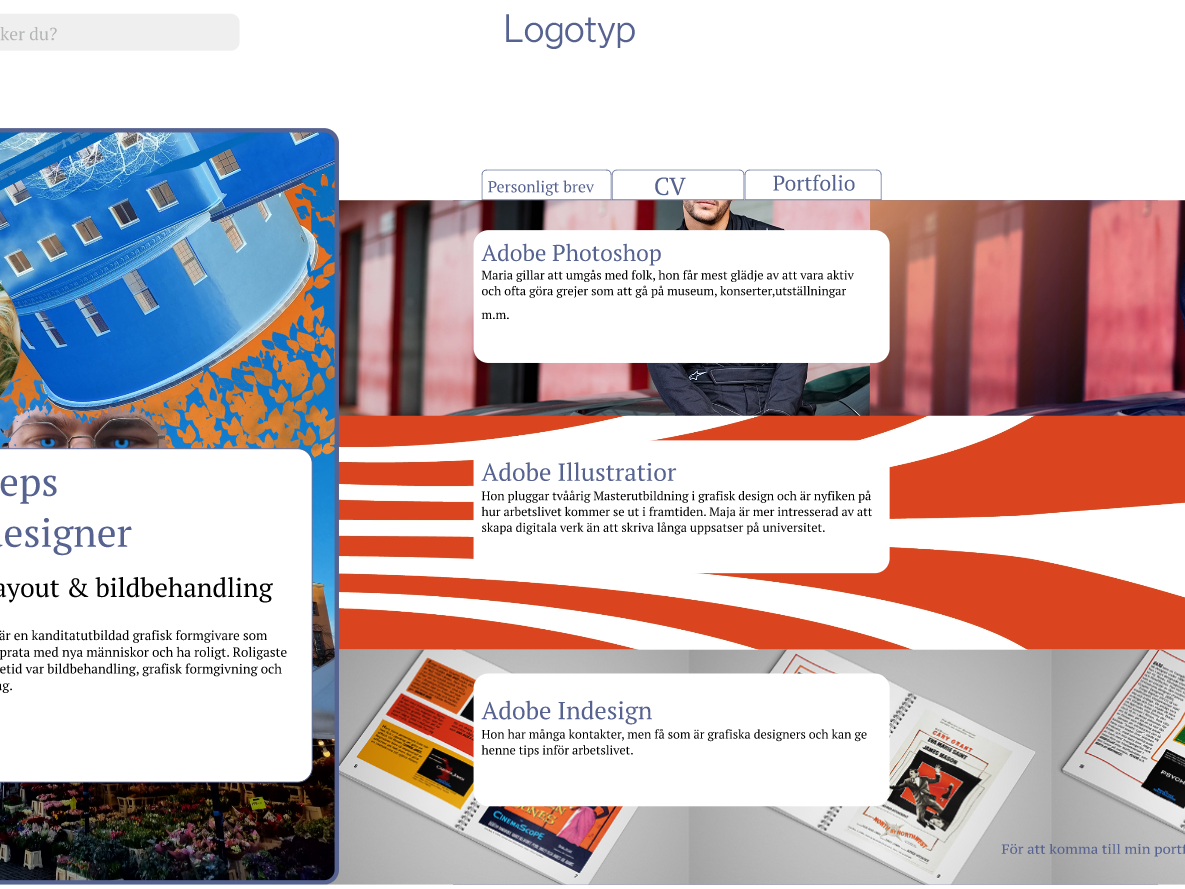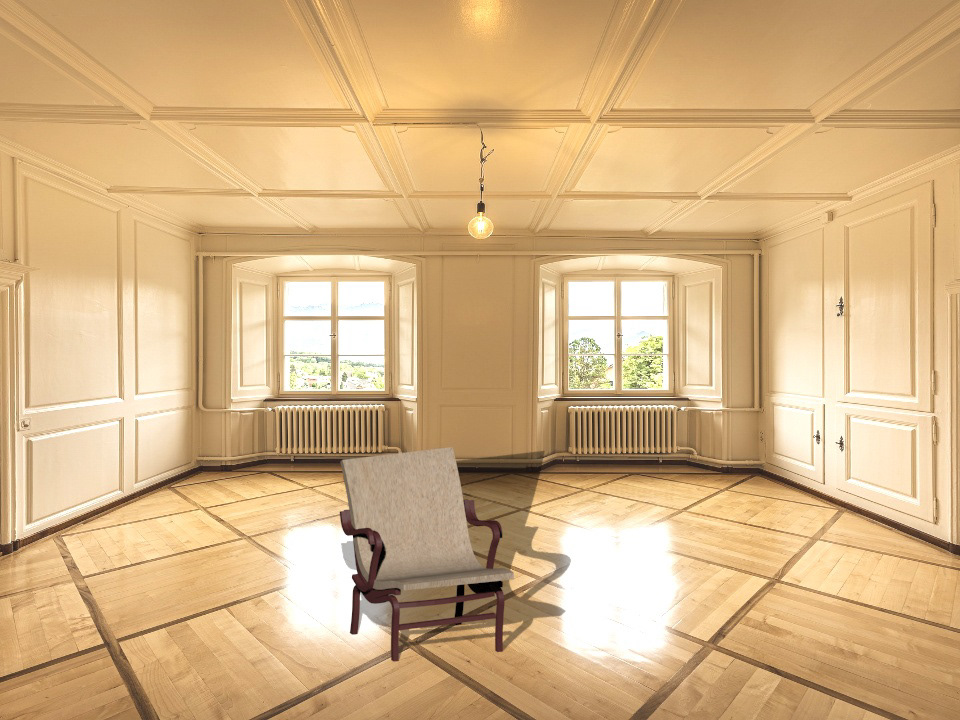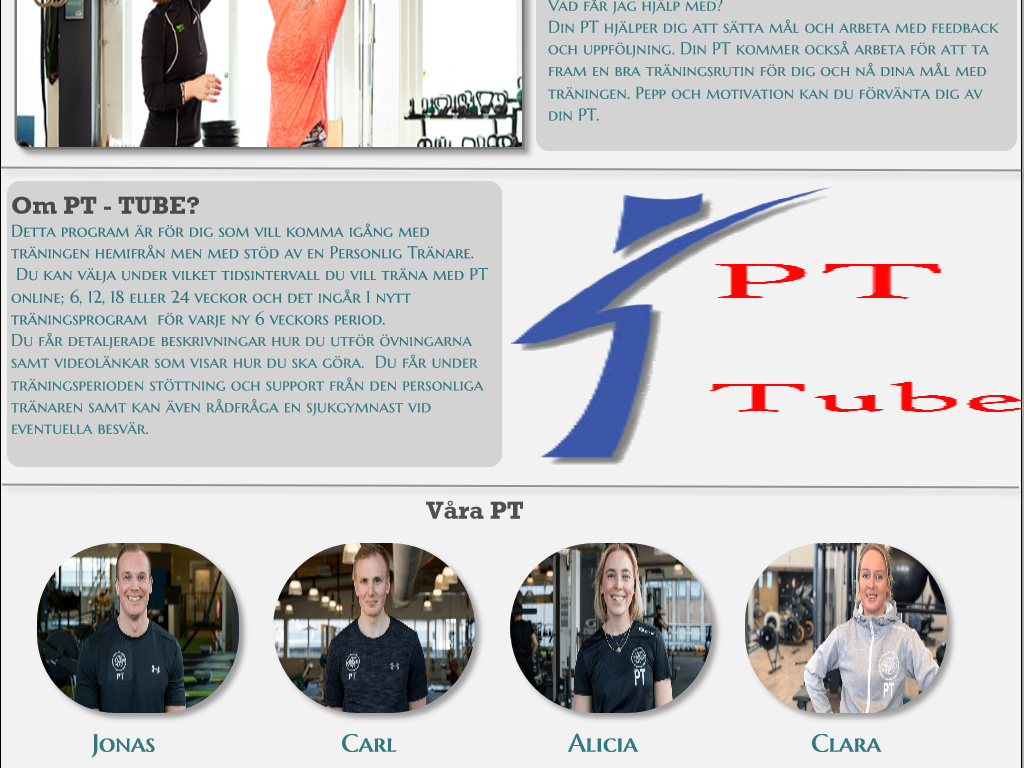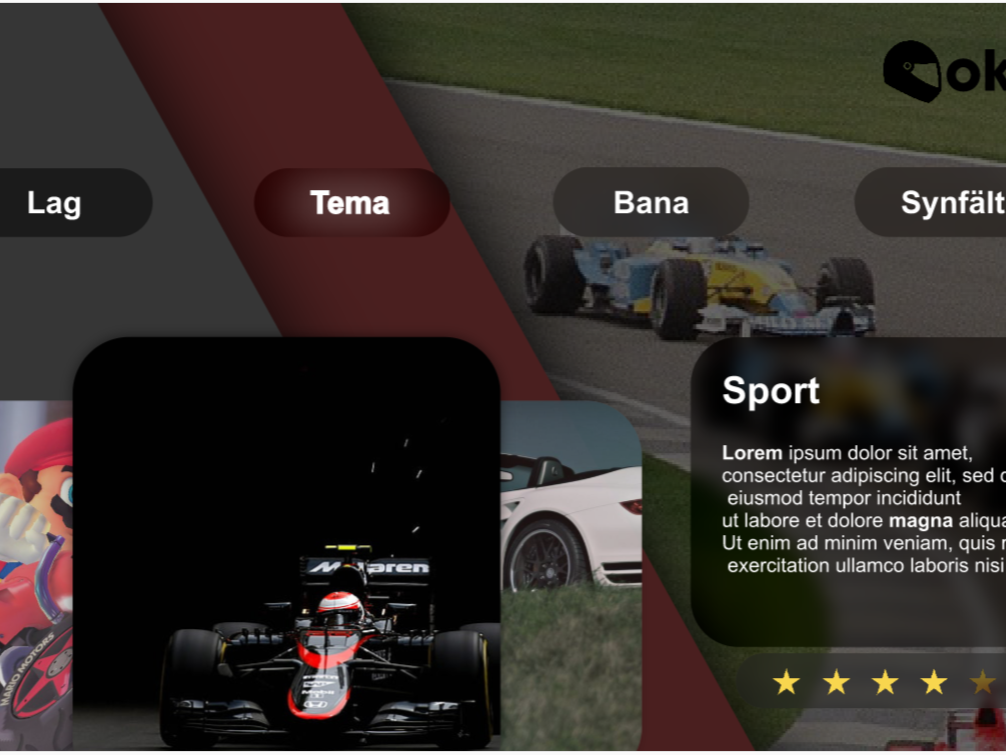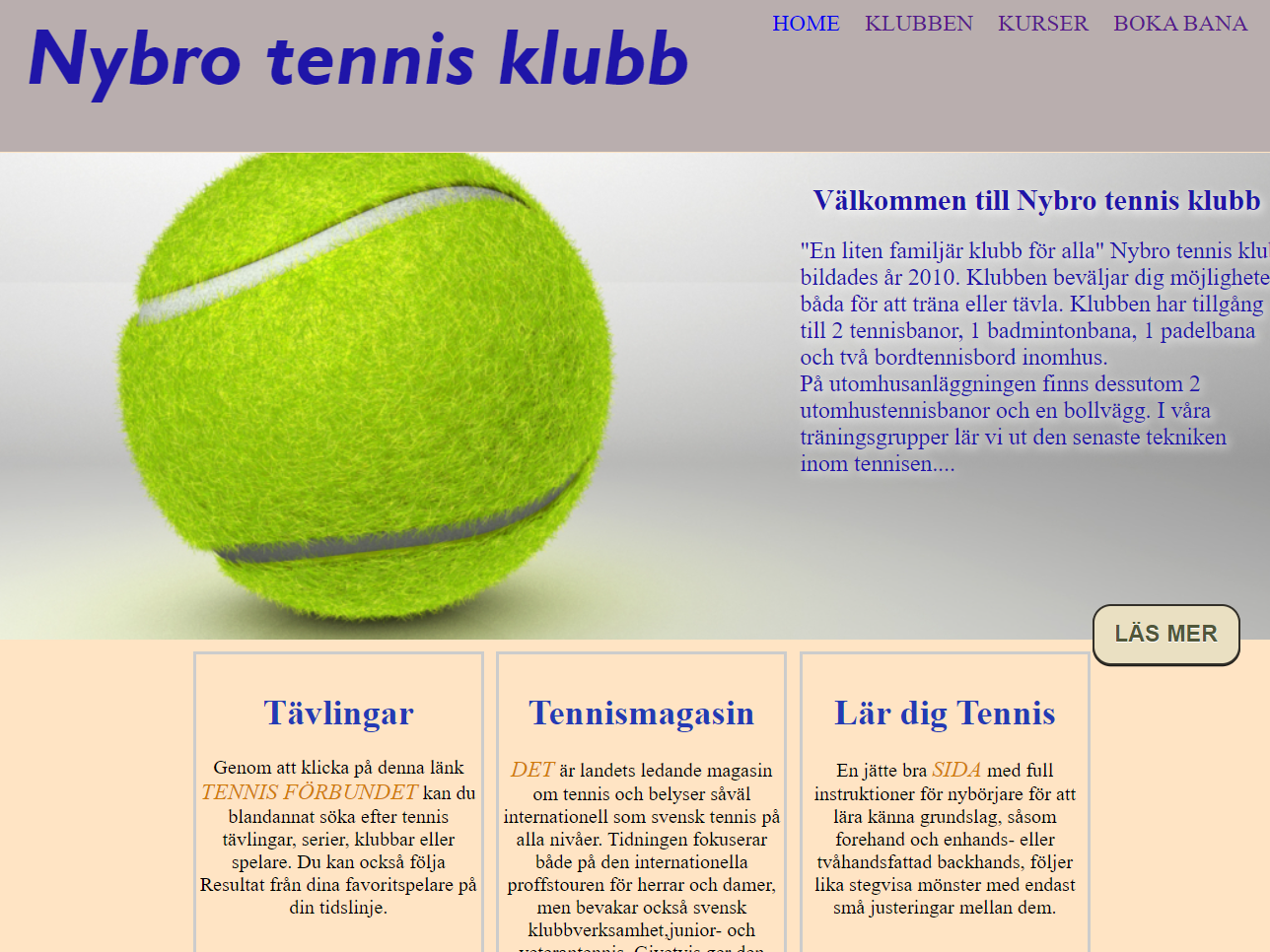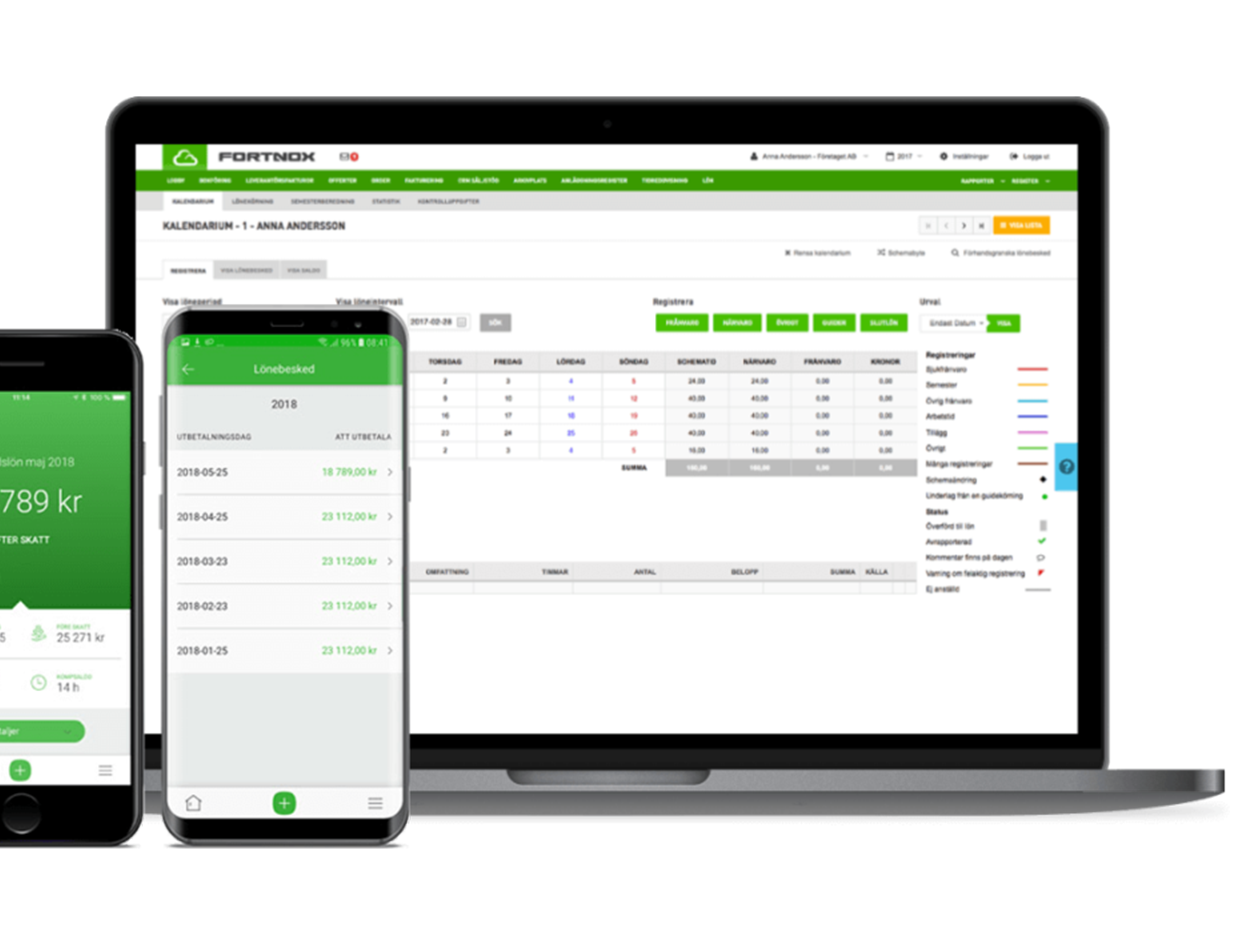Vetenskapshuset
Markaryd is a small locality in the south of Sweden. Urbanization and hardship with incentivizing relocation to Markaryd have been identified as major problems, causing an apparent and persistent shortage of skilled workers. At the initiative of the municipality a physical meeting hub has been built and to attract new companies to the municipality, attract a skilled labor force and develop the business community. In addition to the physical meeting space, a digital equivalent was requested.
Vetskapshuset was created through user-centered design with an experienced-centered design focus. The design process included methods such as user study, workshop, and evaluations together with the intended users of the hub. Through designing together with users, we intended to create a tool that brings benefit and value to organizations and companies in Markaryd. The process has been iterative, where participants had an involved role in creation, decision-making, and evaluation. The project resulted in an interactive digital prototype and a platform developed in Wordpress.
The process:
The research and define stages consists of speaking with users, stakeholders and understanding the situation to state existing issues. This involves researching circumstances and interviewing users. The design stage is about creating solutions to the problems uncovered by research. The design is translated into prototypes to test with users before starting to develop the product. The validation stage consists of checking how effective the design is by further testing. The prototype is turned into a live product where a QA test is made before launching.
Understanding the problem
- Interviews
To map the users' needs, a user study was conducted consisting of semi-structured interviews with open-ended questions. The goal was to understand the users "why" in order to get a deep understanding of the situation. By focusing on storytelling the aim was to understand experiences, motivations and expectations of the service. The interviews were conducted together with seven local companies in Markaryd. The companies were of varying sizes, of which the smallest had only a few employees, and the largest just under 100 employees at the time of the interview. Among the participants was a mixture of companies in industry, transport, hotels, forest management, construction etc. The goal was achieve a representative selection and at the same time include critical participants.
- Future workshop
A Future workshop is a method that is oftenly used in Participatory Design as it easily and efficiently involves users, where they can discuss and develop ideas for a potential future. The workshop is divided into three different phases:
2. Fantasy phase
1. Critique phase
The problem is thoroughly examined and all critical parts put together
2. Fantasy phase
Generating creative ideas without restraints to form a utopian vision
3. Implementation phase
Ideas are evaluated based on feasibility, and an action plan is created
Ideas are evaluated based on feasibility, and an action plan is created
The workshop was considerad a useful tool to deal with the complexity and to involve participants to influence future decisions and to ensure that the service was developed in the desired direction. The workshop was conducted with four participants relevant to the project with participants from the muncipality and end users.
Analysis
To analyze unstructured data from the data collection, the data needed to be compiled and structured according to themes that bind them together. Primarily, we created an affinity diagram, the method is described as consensus-oriented brainstorming and systhematic analysis where you in teams analyze research data. Secondarly, we created mental models that were based on the user's understanding of how something works or how to proceed to do something. Ultimately we conducted a Task analysis that allowed understanding of the current situation, its difficulties and user attitudes. It brought light upon problematics such as the hiring process being complicated and costly due to lack of available competence or not being able to provide full-time employments.
Defining the problem
After gathering the findings from the research, I worked with the team to define the problem statement.
- Goals
Through setting result-oriented goals a holistic picture can be created defining desired effects and affordances. Goals need to be measurable according to SMART (specific, measurable, accepted, realizable and timed). The goals intended to be measured through economic growth in companies, CO2 footprint, collaborations between companies and labor within the municipality. Key goals identified were the following:
• We want to provide shared resources between companies in Markaryd
• We want to create a business network for companies in Markaryd
• We want to reduce costs and process time for local companies for emplyment, service and education
- Requirements
Requirements were created through an interaction between designers, stakeholders and users. Requirements for the service were based on the stakeholders' business goals, the needs of the user groups and how challengeing it was to implement. The formulation of requirements is an iterative process that initially is described abstractly but which during the processing becomes more concrete through project intentions. The requirements were divided into shall-requirements meaning that it must be implemented and should-requirements to indicate a goal which must be addressed by the design team.
Designs
After stating functional and non-functional requirements we moved on ideation where we generated ideas. The goal was to keep an open mind and produce as many ideas as possible to adress the problem in a facilitated, judgment-free environment.
- Sketches & Wireframes
Considering goals, requirements and design ideas we started sketching on different designs. The sketches were iterative where the process had a divergent take offering multiple design solutions. 2 final designs were implemented as wireframes. Together with the stakeholders a Love & Hate evaluation was conducted. The goal was to discover the positives and the negatives, and come up with solutions for potential issues.
Interactive prototype
The evaluation led to a slight re-design of wireframes that was transformed into mockups. The interface was transferred to Axure, an interactive prototyping tool. The final result was a T-prototype meaning the parts relevant to the task have several interaction steps. Tools for navigation, layout and simplicity were regarded using interface patterns such as wizards, grids and module tabs. Gestalt principles of visual perception were considerd throughout the design. Ultimately, accessability was prioritized when choosing colors, contrasts and fonts creating a universal design. See prototype (you can press the image) :
Validating the design
Finalizing the prototype, we gathered 5 end users for conducting usability testing. Prioritized interactions were tested through user cases, SUS-test and 3 interview questions. The user tests were conducted through Think-Aloud method that encourages the participant to think aloud to understand the reasoning behind the user's decisions and actions.
-SUS test
To evaluate user satisfaction, we conducted a SUS test with the help of a standardized survey, consisting of ten statements. The statements in the survey are answered on a likert scale, where 1 is Strongly Disagree and 5 is Strongly Agree. The results are then calculated based on the SUS model and gives a quantitative result on the users personal reflection on use, and a subjective overall picture. The total test score of the SUS testing was 93.5 considered an A in the grading system.
Re-design
Following painpoints were identified during the tests and needed to be re-designed to better suit our future users.
• Clarifying the different search categories
• E-mail verification to indicate that identification is required when creating an account
• Adding a profile picture to logged in accounts
• Visible entry points through buttons on the home page to make it clear where to register an account
• A greater color difference in the forum to see which threads are active
• The interactivity of the forum was increased to make it more realistic
• The magnifying glass in the search box was removed due to confusion
• Company logos were placed under the “Company” page and under the “Network” tab
• Information about the organization / company employees was added to the company page
• Link to terms of use got underlined to clarify that this was a link
Developing the product
When designing the prototype, the political ideation of Vetenskapshuset was still in motion combining various stakeholders in Markaryd. Arriving at a point of development new directives where given including changes in the name, logo and graphical profile. Following the new approach and design, we shaped an edited framework while constantly prioritizing the user needs and requirements. Using the development tool Wordpress the prototype was built into a functioning platform.
- Testing & Approval
When the platform was implemented into a working website user testing was conducted together with 5 critical users. The users where both stakeholders, as well as anticipated end users. On an important note we dediced to bring in some users who had no previous involvement in the design process to be able to view the platform with fresh eyes. A QA and acceptance test were condocuted togheter with the client. Improvements were implemented, thereafter launching the platform at the opening of the physical meetingplace Vetenskapshuset.
Test the platform by your self:

